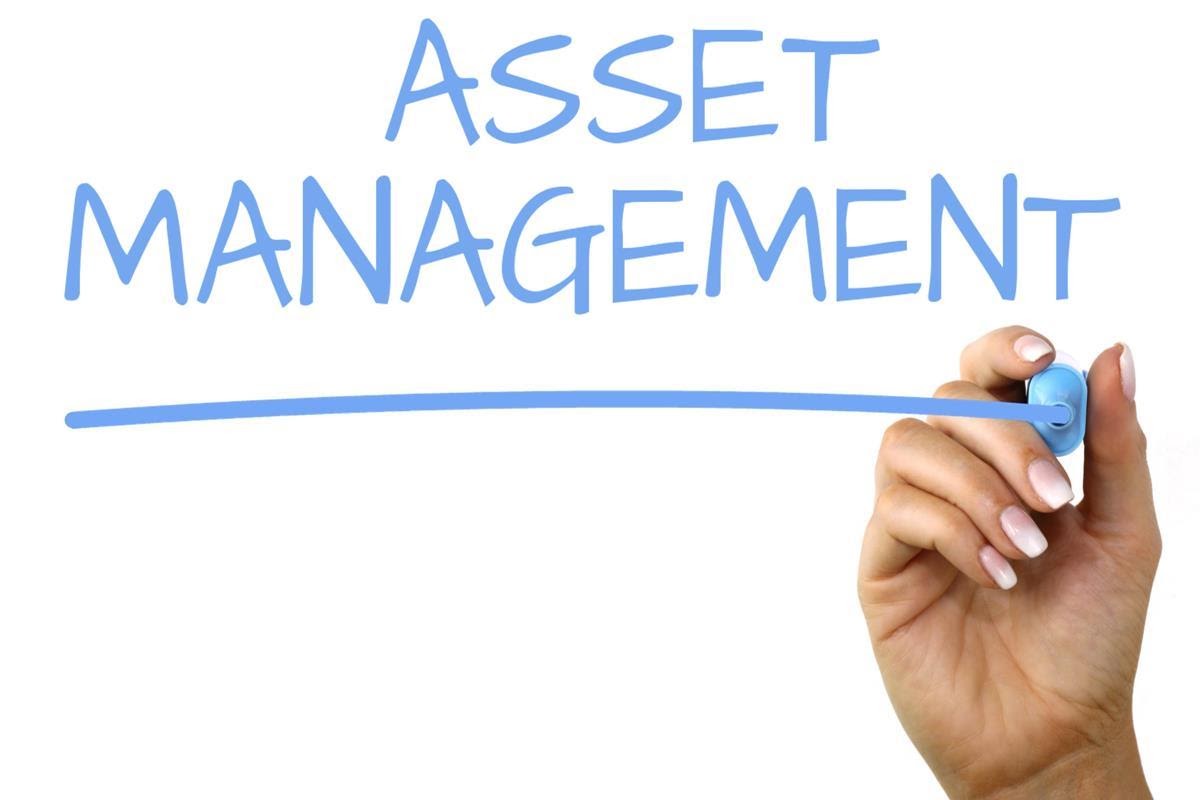


09 August 2022
Asset management is the process of monitoring and managing a company’s assets throughout its lifecycle in a cost-effective manner. It is an essential business process that helps an organisation keep track of all its assets and maximise their utilisation, helping ensure consistent growth and expansion for the company. With asset tracking being one of the most important capabilities offered by the Internet of Things (IoT), utilising the technology for better asset management is just the next step.
What IoT Brings to Asset Management
Dedicated asset management systems allow for easy access and updating of asset information. Generally, all assets are tagged with QR codes, barcodes, etc., that can be scanned with mobile devices. In these systems, the tags are the links that connect the assets to their data. With all the benefits of asset management solutions, IoT brings intelligence and automation capabilities, which allow real-time tracking of asset information without any need for human intervention.
Different types of sensors for pressure, proximity, temperature, acceleration, etc. can be used for different use cases. These sensors are attached to assets for the collection of relevant data, which is stored on cloud platforms.
Benefits offered by Using IoT in Asset Management
The top benefits of IoT asset management solutions include:
With IoT-based solutions for asset management, you can get real-time information about asset location, operations, condition, etc., which can provide valuable data for making informed business decisions and planning.
The main aim of any asset in a business is revenue generation, which is also one of the primary reasons for ensuring an asset’s in good running condition. This requires having a clear idea about asset utilisation. IoT-enabled asset management helps track asset performance to assess whether it is meeting expectations. If it is not, preventive maintenance, better utilisation, etc. can be implemented.
IoT-based solutions allow for the easy monitoring of all assets, their condition, maintenance schedule, and performance in real-time. Removing the risk of human error from the process, IoT asset management solutions can help reduce operational costs.
Real-time monitoring of all assets allows for early detection of potential risks, so preventive measures can be taken to avoid breakdowns and unnecessary downtime.
Key Trends
The key trends in new-age IoT asset management solutions include:
Use Cases
Nowadays, more and more businesses are adopting automated asset management systems with IoT instead of relying on traditional methods, like using excel sheets, job cards, etc. Here are a few use cases where IoT-based solutions facilitate better asset management:
This is an essential parameter that measures the production efficiency of a business, which can be significantly affected by breakdowns or maintenance downtimes. Proper maintenance of assets is essential for ensuring equipment availability and minimal downtime. By integrating IoT in asset management, real-time asset information, maintenance history, and OEM inputs can be analysed for creating the most efficient predictive maintenance schedules that ensure minimal downtime.
IoT-enabled asset management allows tracking all assets and relevant asset information through sensors and cloud-based technology, minimising the need for manual intervention, which also helps reduce the risk of human errors.
Reducing human intervention requirements, IoT-based asset management can automate end-to-end processes with continuous data collection.
IoT-based solutions for asset management offer deep insights into quality control and management of assets, allowing for detection and fixing of issues in real-time, which also helps maintain compliance.
IoT sensors allow for automatic tracking of any asset at any time.
IoT-based asset management solutions are the best way forward toward success for asset-intensive organisations.
Thank you for your details. Please click here for more details.